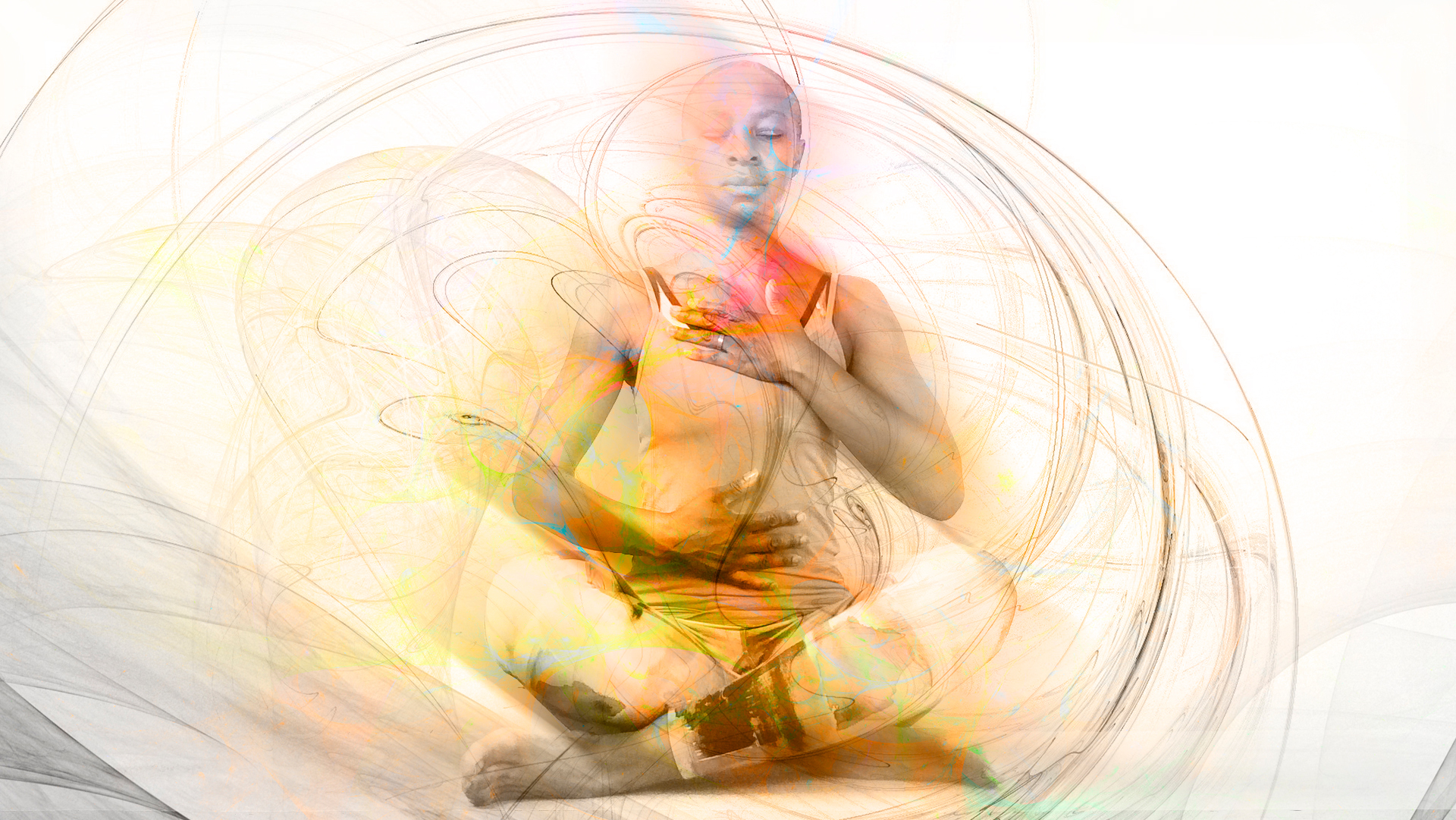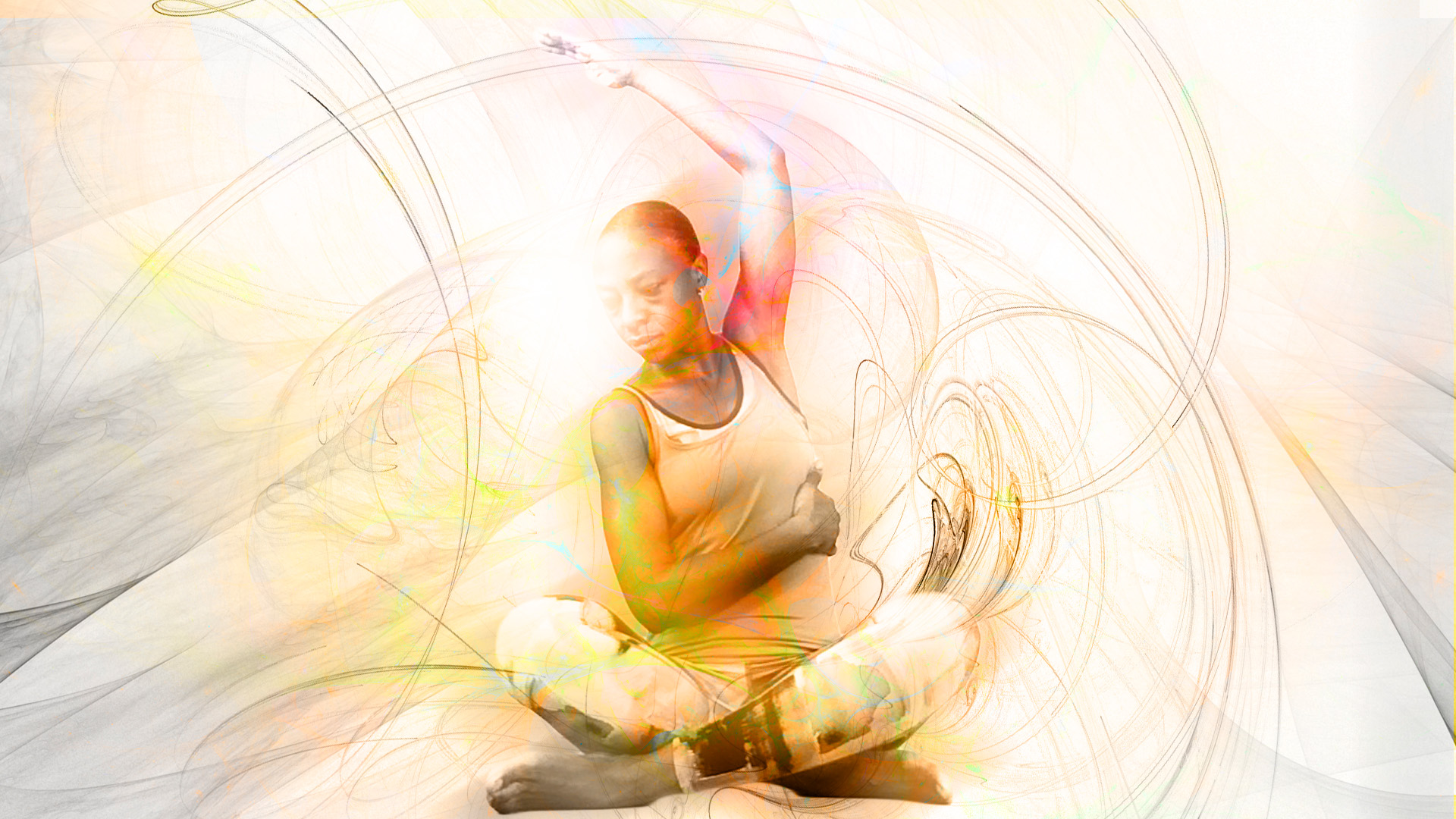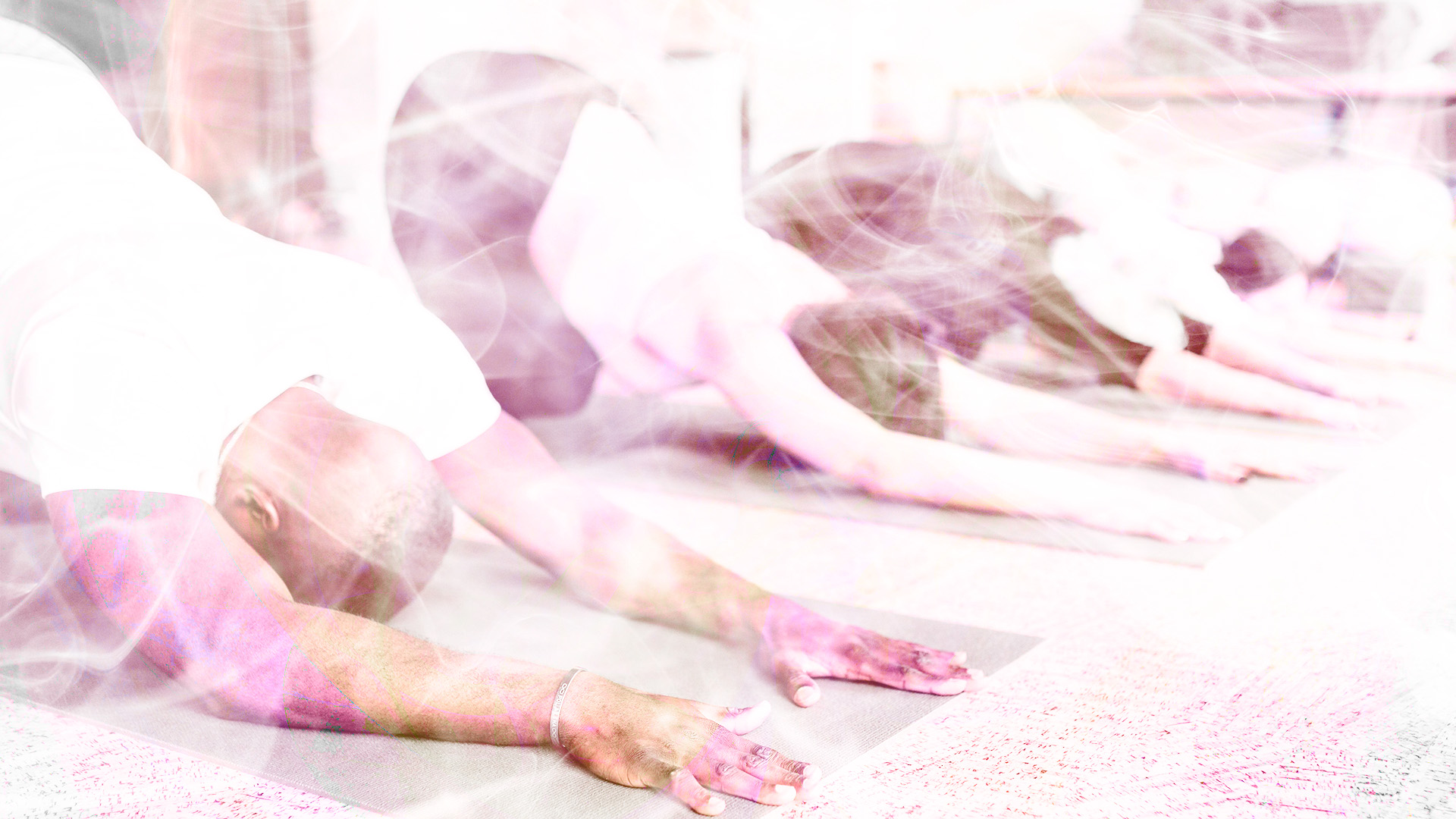
Breathwork & Pranayama
An integral part of a yoga practice, the breath represents the bridge between body and mind.
The breath in itself plays a crucial role in the functioning of the body as a whole – if we didn’t breathe we wouldn’t have life. The simple act of attending to the breath can reveal our state of mind and highlight tension holding patterns in the body. Breathwork and Pranayama not only helps to calm the mind and release physical tension, but can also promote positive feelings of inspiration, focus, insight, motivation and clarity.
“When the breath is controlled, the mind becomes calm”.
Tirumalai Krishnamacharya
What is Breathwork and Pranayama?
Breathwork refers to a broad range of therapeutic breathing practices, some of which may overlap with or complement pranayama. These techniques are often used to support emotional release, nervous system regulation, and overall wellbeing, and can serve as a foundation for—or preparation toward—a more traditional pranayama practice.
Pranayama is a collection of intentional breathing techniques rooted in the yoga tradition, historically used to purify the mind and body by directing the flow of prana (life energy). Through focused breath control—using rhythm, retention, and directional awareness—pranayama aims to restore balance and support spiritual growth. In yogic philosophy, it is considered a vital preparatory step for guided meditation, as it calms both body and mind, creating the conditions for deeper inner stillness.
When practiced consistently and with intention, breathwork and pranayama can become powerful tools for cultivating mental clarity, physical vitality, and emotional balance.

Benefits of Consistent Practice
Working with the breath can help to:
- Calm the nervous system
- Reduce stress and anxiety
- Improve clarity and focus
- Enhance energy levels
- Reduce insomnia & improve sleep
- Boost immunity
How Does it Work?

In Therapeutic Yoga Classes
Denise integrates breathwork and pranayama into her therapeutic yoga classes and guided meditation sessions to help you connect more deeply with your body and cultivate a sense of calm and spaciousness that goes beyond physical movement. Her approach supports greater focus and resilience, helping you respond more thoughtfully in challenging situations.

As a Standalone Practice
When practiced on its own, breathwork and pranayama is typically preceded by gentle physical movement to encourage optimal energy flow throughout the body. Tailored for private tuition, group classes or workplace wellbeing, the practice can be experienced seated or lying down, with full relaxation playing a key role in its effectiveness.
Pranayama & Breathwork FAQs
Do I need any experience to start breathwork or pranayama?
Not at all. Most practices can be adapted for beginners. Sessions are guided step by step, with safety and comfort in mind.
Is breathwork safe to practice on your own?
Gentle techniques are generally safe to explore at home, but stronger or more activating methods should be learned with guidance—especially if you have health conditions.
How often should I practice for best results?
Once you have been given the proper guidance and established confidence in the practice, even a few minutes a day can be beneficial. Consistency is more important than intensity. Start small and build gradually.
Have more question? Get in touch.



